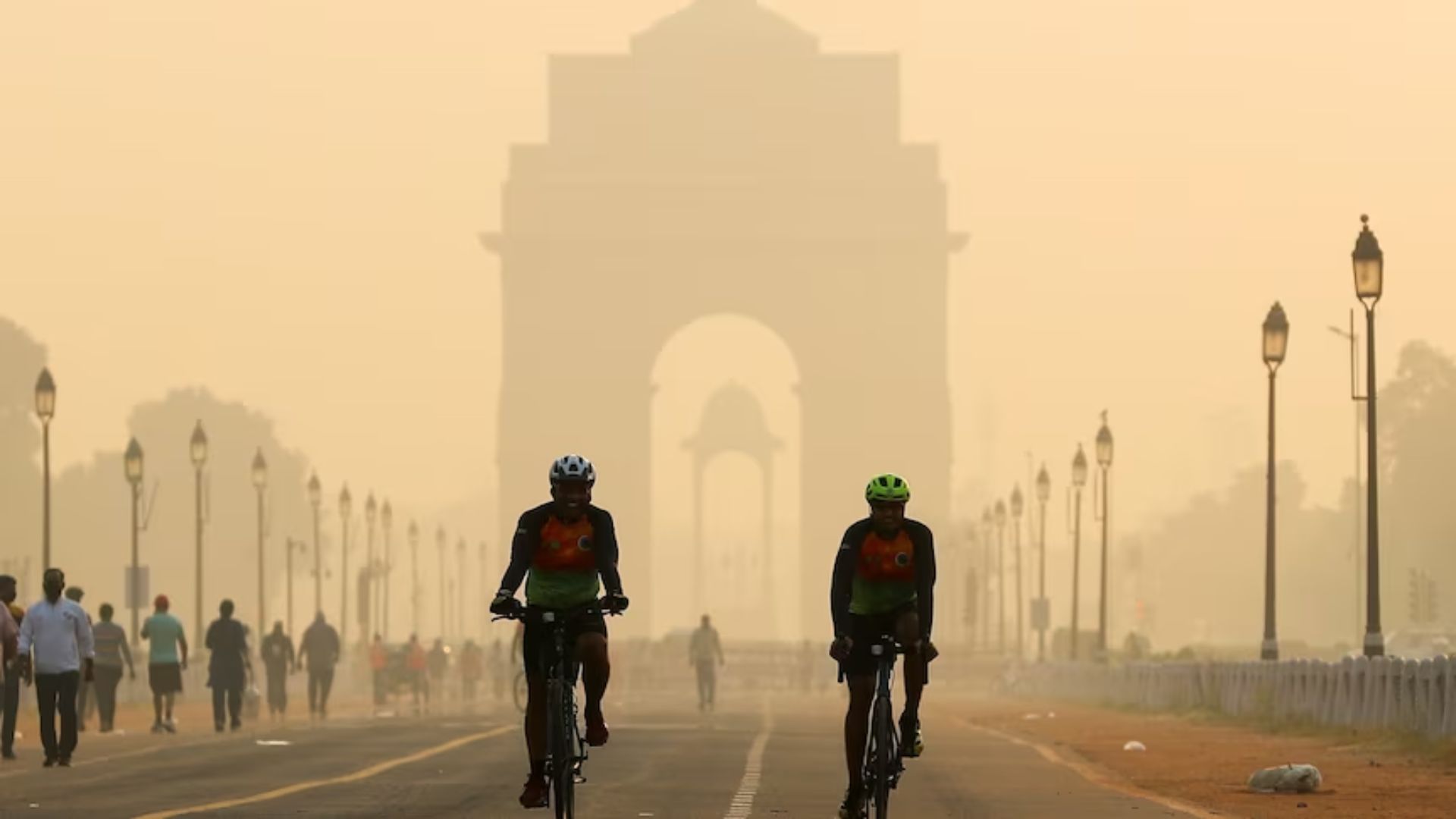As Delhi remains engulfed in a thick layer of smog, the air quality has fluctuated between ‘poor’ and ‘very poor’ categories, prompting a fierce blame game between the ruling Aam Aadmi Party (AAP) and the Bharatiya Janata Party (BJP). The situation has raised urgent concerns as citizens grapple with health issues linked to the deteriorating air quality.
Current Air Quality Status
On Sunday, air quality levels in various parts of Delhi indicated alarming conditions. Key locations reported significant AQI (Air Quality Index) figures: Anand Vihar recorded the highest at 454, categorized as ‘severe’, while areas like Patparganj and Nehru Nagar saw AQI levels of 294 and 258, respectively, marking them as ‘poor’.
Delhi Environment Minister Gopal Rai warned that the pollution situation could worsen, citing changing weather conditions as a significant factor. He stated that approximately 2.5 lakh inspections have been conducted to mitigate dust pollution, and penalties are being imposed on violators.
Political Accusations Fly
In response to the crisis, the AAP government attributed the air quality issues to seasonal weather changes and increased stubble burning in neighboring states. However, the BJP quickly countered these claims, accusing the AAP-led government of failing to address pollution for the past decade. Union Minister Harsh Malhotra criticized the Kejriwal government for not fulfilling promises to clean the Yamuna River, which he said has exacerbated health risks for residents.
MUST READ: Delhi: Blast Reported Outside CRPF School In Prashant Vihar
AAP leader Reena Gupta retorted by highlighting the collaborative nature of pollution control. She noted that air and water pollution issues extend beyond administrative boundaries and emphasized the importance of collective efforts among states.
Contributing Factors to Pollution
Delhi’s winter months are characterized by heightened pollution levels due to a confluence of factors, including low wind speeds, decreased temperatures, and increased moisture. Additionally, stubble burning in neighboring states significantly contributes to the pollution crisis. Gupta pointed out that stubble burning incidents have surged by 30% in Haryana and 70% in Uttar Pradesh, while Punjab has seen a reduction.
Health Impacts on Residents
The impact of worsening air quality is palpable, with surveys revealing that 36% of families in Delhi-NCR report members suffering from pollution-related ailments like sore throats and breathing difficulties. Meanwhile, 27% of families experience symptoms such as runny noses and congestion.
As Delhi battles its air quality crisis, the ongoing blame game between AAP and BJP underscores the complexities of pollution management in urban environments. Both parties must focus on collaborative solutions to combat air pollution effectively and protect the health of Delhi’s residents.
ALSO READ: Who Is Vasundhara Oswal? The Billionaire’s Daughter Detained In Uganda


















